Just bought your first rig? Don't fall into the "All The Gear, No Idea" category. Here are some tips to get you started...
During our Accelerated Free Fall courses, we all probably used the hire gear available from the drop zone we learnt at, which is inspected and looked after by the drop zone’s packers and riggers. Most parachutists will continue to use hired gear for a while, before looking to buy their own personal gear.
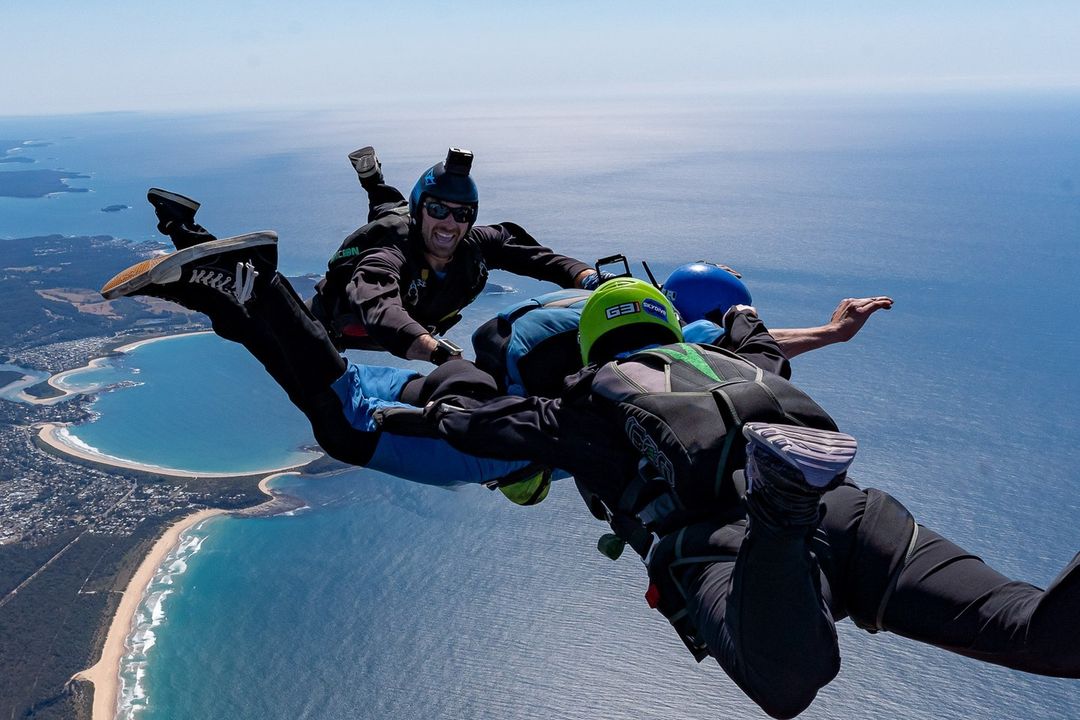
Buying your first rig is a memorable moment for every skydiver, a proud and very exciting one, as having your own rig means jumping has just become a lot more accessible for you. But it also comes with great responsibility.
First, if you are looking to buy your first set of gear, make sure you do your research and check the gear you are looking at is suitable for you to use. If you need help with this, check out the article “Buying Your First Set Of Gear” and speak with your Instructors and Drop Zone Safety Officer.
Now, if you already have your hands on your own personal gear, whether it’s your first rig, your second or third, here are some things you need to consider:
Understanding Your Gear
You should already be doing this with any gear you are using, whether you own it or not. But now you own your own gear, it gives you more time to research, ask questions and get to know your gear in detail.
Understand the Container and all of the Components:
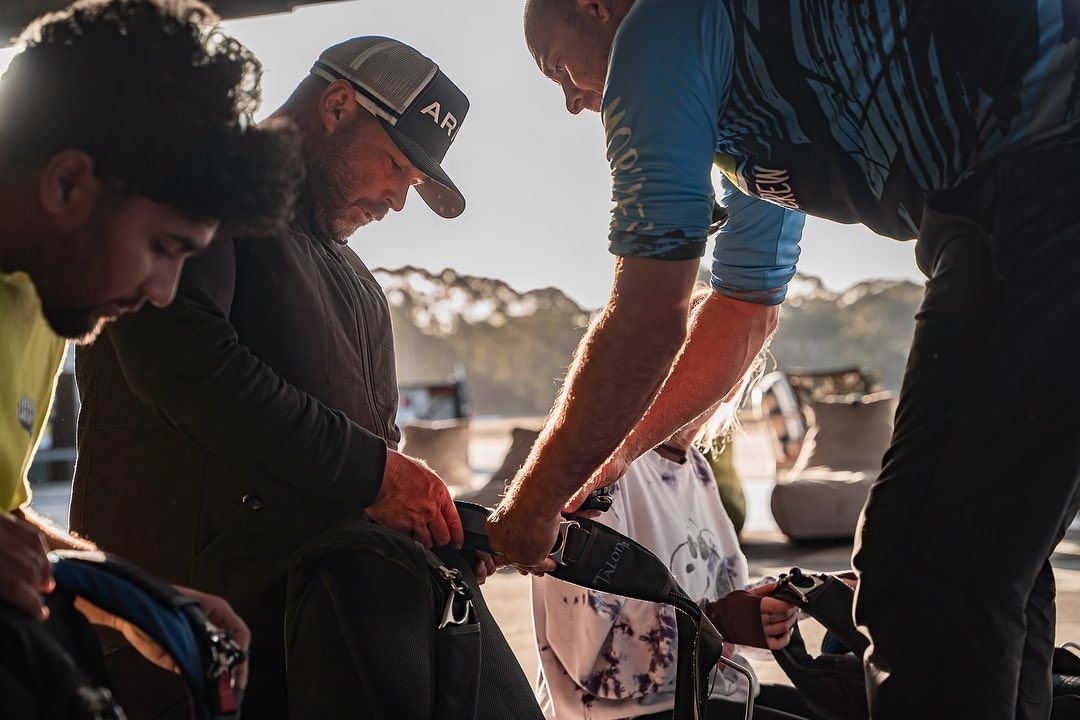
- Understand the sizing ranges of main and reserve parachutes which suit your container. This information will be available on the manufacturer’s website (e.g. UPT, Sun Path, VSE).
- You will need to get a compatibility card signed off by a Packer A or Rigger, verifying your main parachute as compatible with the rest of the parachute system. This is an APF Operational Regulation.
- Understand the closing sequence of the container, how the bridle should be routed, how the tuck tab of the pilot chute put should sit, where the main risers should sit in relation to the riser covers, and how the riser covers close.
- Although rare, if you have been using a non-collapsible pilot chute previously, make sure you know how to cock a collapsible pilot chute when packing. In general, make sure you know how to pack the whole system correctly.
- Which type of deployment bag do you have? Stowed, semi-stowless or axe bag? Know how to pack the one you have, don’t guess.
- Do you have a reserve D handle or reserve pud? If this has changed, make sure you practice your Emergency Procedures appropriately. Also check which side your RSL is on, as this can change too.
- Does your new gear have a MARD System and Collin’s lanyard? Know if it does, what it is and how the cutaway cable should be routed. This is very important to understand when doing your monthly maintenance.
There is more to know about your container, but these points are a very good start.
Understand your AAD:
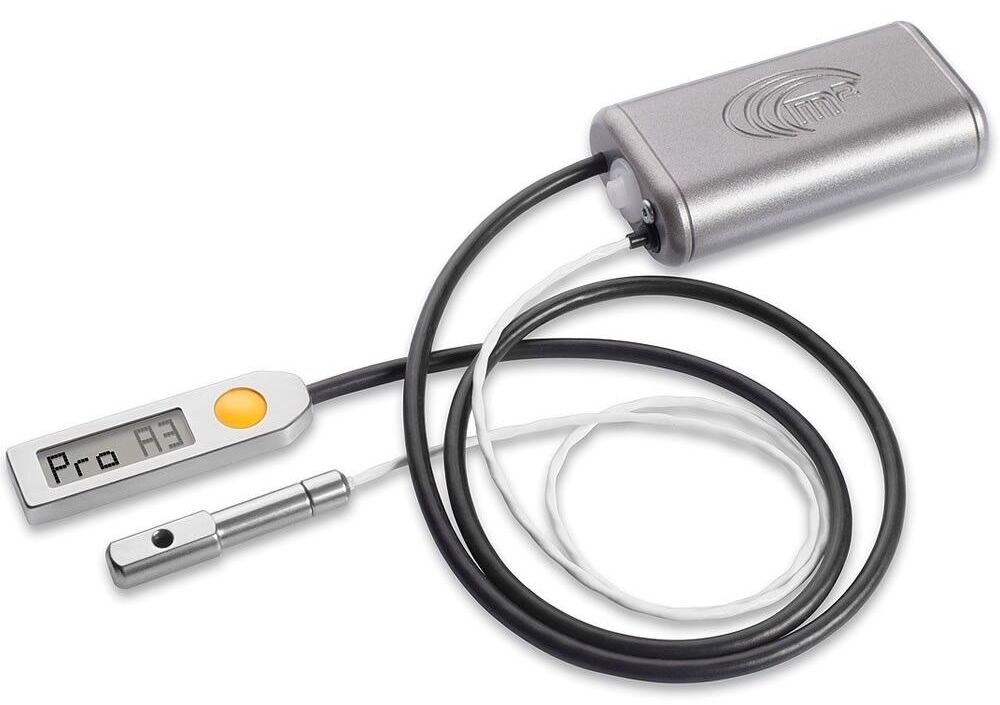
- Do you have a Cypres, Vigil or Mars?
- Understand the function, settings and parameters of your AAD.
- At the very least, know the type, setting, arming height, activation height and speed for your particular model. AADs vary and have different settings for different types of jumps (e.g. canopy piloting, wingsuiting, etc). Read the manual available on the manufacturer’s website.
- Check out the following articles for more information on AADs:
"What Is Designed To Save You Can Kill You, If You Let It" by Brett Newman
"AAD Activation Altitudes" by Luke Oliver
Understand your Reserve Parachute:
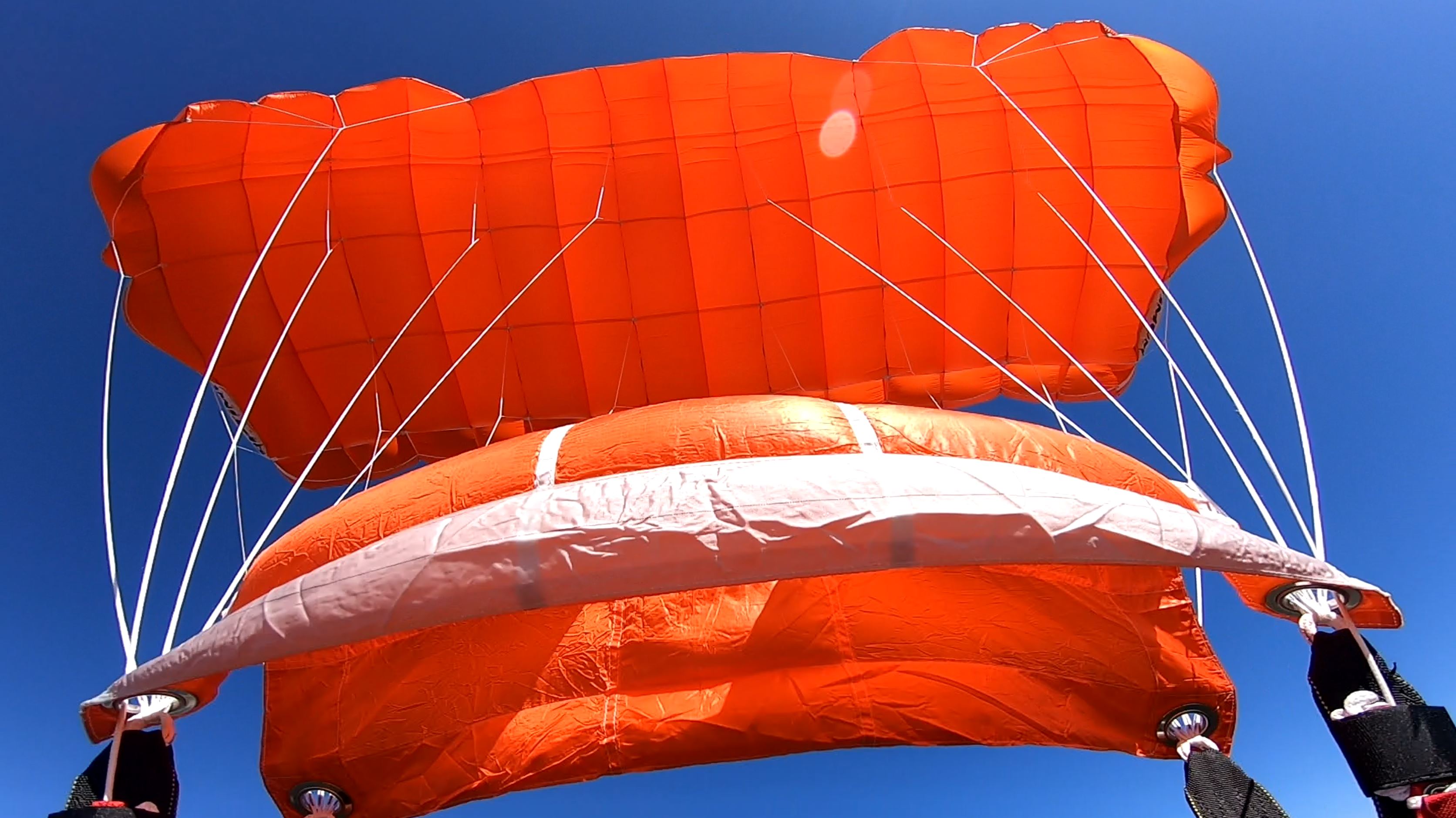
- Know the size and type of reserve you have.
- Look into the flight characteristics of your reserve.
- Your reserve packing card should tell you how old the reserve parachute is and how many times it has been used and repacked. If the reserve packing card does not tell you this, next time you have it repacked, ask the packer to get the information off the reserve parachute itself.
Understand your Main Parachute:
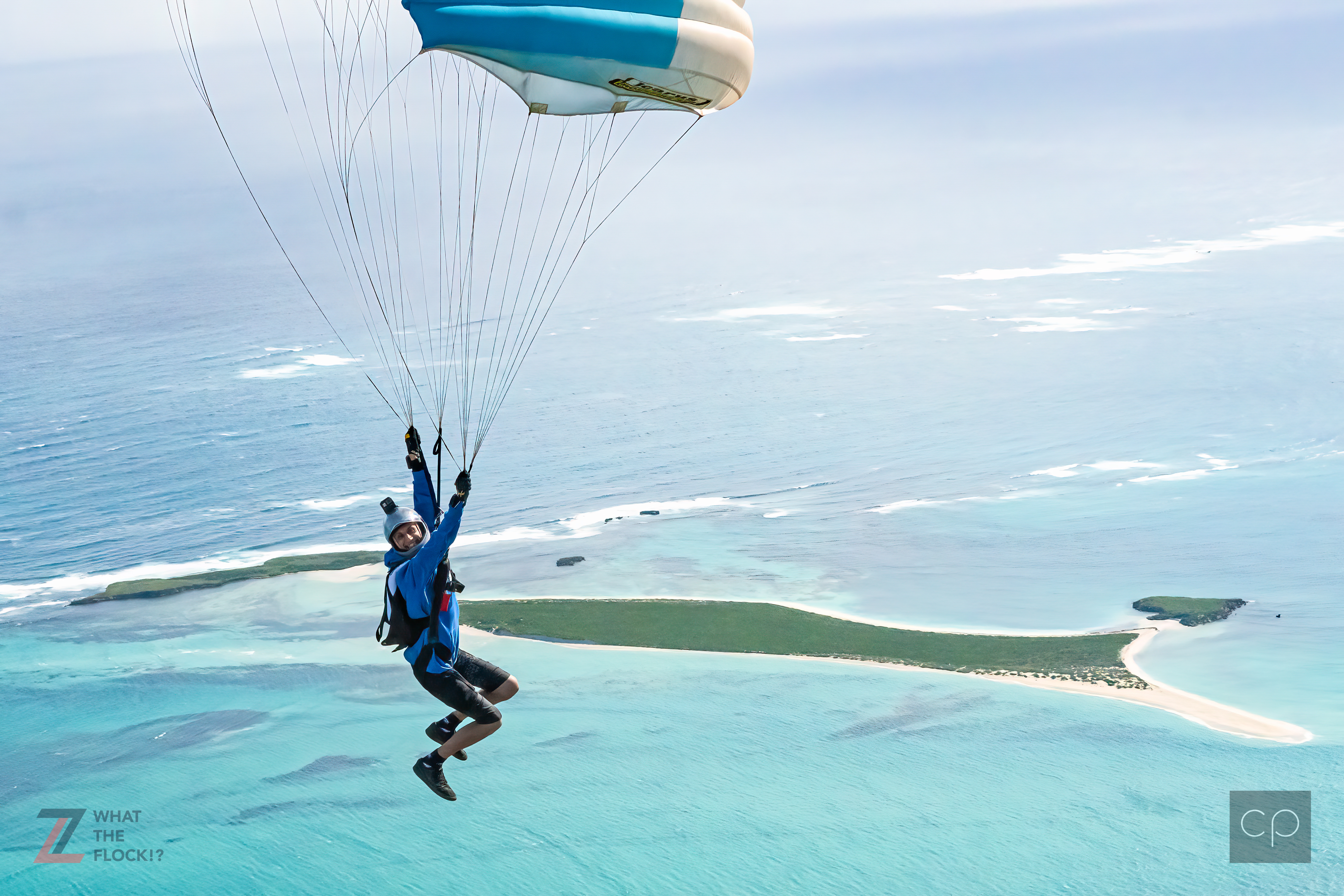
- Different parachutes have different characteristics. Ask a Canopy Coach, Instructor, Packer or Rigger about the characteristics of your main parachute.
- Make sure you know how to set the brakes and check your brake lines. Twisted brake lines can cause malfunctions.
- Pay attention to your openings. If you are having hard openings, there are things you can alter slightly during the pack job that can help this. Of course, always ask a Canopy Coach, Instructor, Packer or Rigger to help you with this.
- It is your job to inspect your main parachute. If you are unsure of anything, ask a Canopy Coach, Instructor, Packer or Rigger. Pay attention to such things as canopy porosity, the condition of your line set, how many jumps you have done on that line set, and the condition of the kill line and pilot chute, etc.
Maintaining Your Gear
Monthly Maintenance:
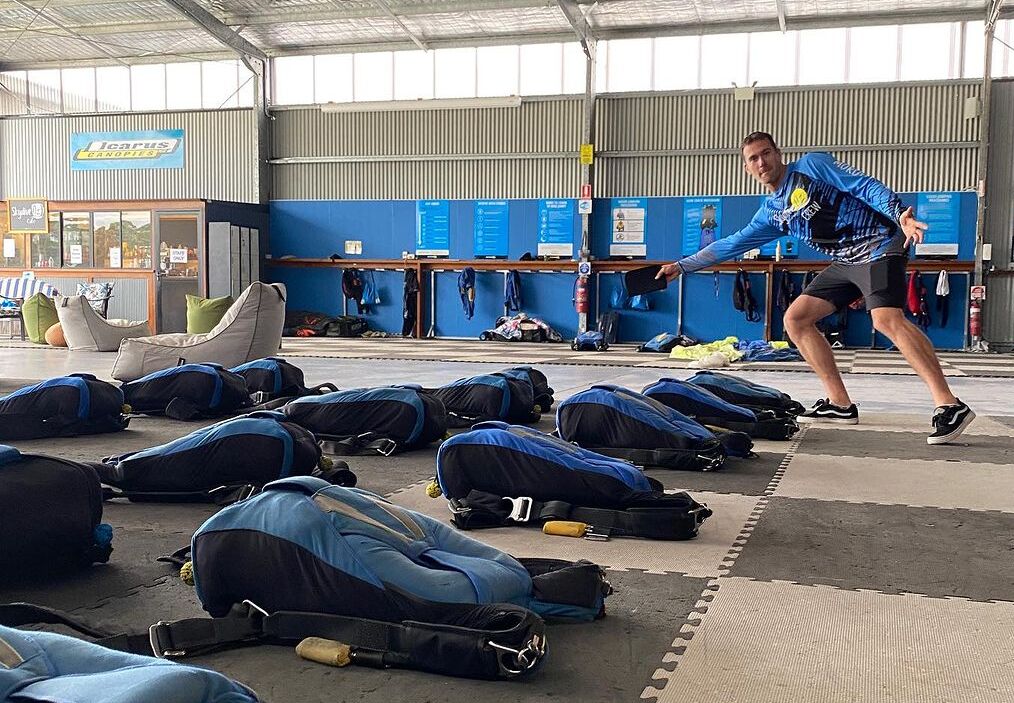
- If you haven’t heard this term before, this is gear maintenance that should be done every month.
- The cutaway handle should be peeled out of its velcro housing and the cutaway cables should be removed from the container (remember to disconnect the RSL first). The cables need to be cleaned with silicone, the main canopy risers should be disconnected from the container (3-ring system) and the rings should be inspected and the webbing flexed.
- Once this is done the 3-ring system can be reassembled and the cutaway cables can be rerouted through the system, before the cutaway handle is returned to its velcro housing and RSL is reconnected.
- It is very important that you understand this procedure, especially when it comes to reassembling the 3-ring system and rerouting the cutaway cables. Instructors, Packers and Riggers will be able to show you how to do your monthly maintenance if you are unsure.
Reserve Repacks:
- Reserve parachutes must be inspected and repacked every 6 months for student parachutist gear (i.e. student and tandem gear). Once you are a certificated skydiver with your own gear, the maximum duration between reserve repacks increases to 12 months.
- It is worth noting, this requirement changes in different countries, so if you are planning on travelling, check the reserve requirements under the necessary federation. Some repacks aren't valid overseas even if they are in date (e.g. the USPA don't accept reserve pack jobs from Packers or Riggers from different federations, even if they are one day old!).
AAD Servicing:
- Check your AADs manual to find out when it needs to be sent in for a service.
- This changes between the different AAD manufacturers and it is your responsibility to know when your AAD was manufactured.
Line Sets:
- Try to figure out how many jumps you should be getting out of your current line set. You can ask a Packer or Rigger to help you with this.
- Keep track of how many jumps you are doing on your line set and make sure you order new lines and organise for your canopy to be relined before it’s too late.
- If you do leave it too late, you might start experiencing some questionable openings and possible malfunctions, such as tension knots.
Gear Checks:
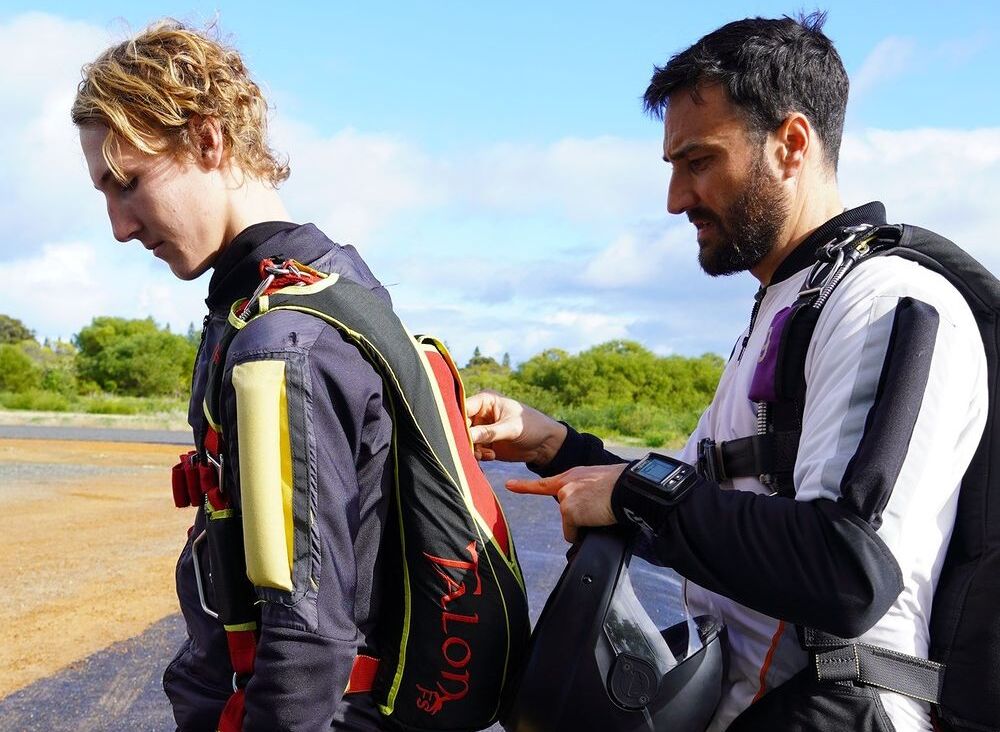
- This definitely shouldn’t be a new phenomenon, but you are responsible for doing your gear checks before you put on your gear. APF regulations also require all parachutists to receive a "buddy check" before emplaning. Check out the article "Gear Checks: Have A System!" by Lucy Clacher for more information about why this is essential.
- Make sure you are doing them thoroughly as this is a chance to double check common wear points, such as the kill line, BOC and closing loop, and that the gear is being worn correctly (e.g. chest strap and leg straps are routed correctly).
Storing and Travelling with your Gear
Storing your Gear:
- Gear should be stored in a cool and dry place.
- Gear bags are a good idea to make sure the container is protected sufficiently.
- Keep your gear away from direct sunlight, solvents, liquids, animals, or anything else that can damage it.
Travelling with your Gear:
- Make sure your AAD is turned off.
- When flying with your gear, you can either take it on to the plane as carry on, or you can put it in your checked luggage. It is a good idea to have a print out of the documents prepared specifically for air travel by your AAD manufacturer. This can be found on their websites.
- Again, make sure your rig is sufficiently protected to make sure it won’t be damaged, and pins won’t be dislodged during the journey.
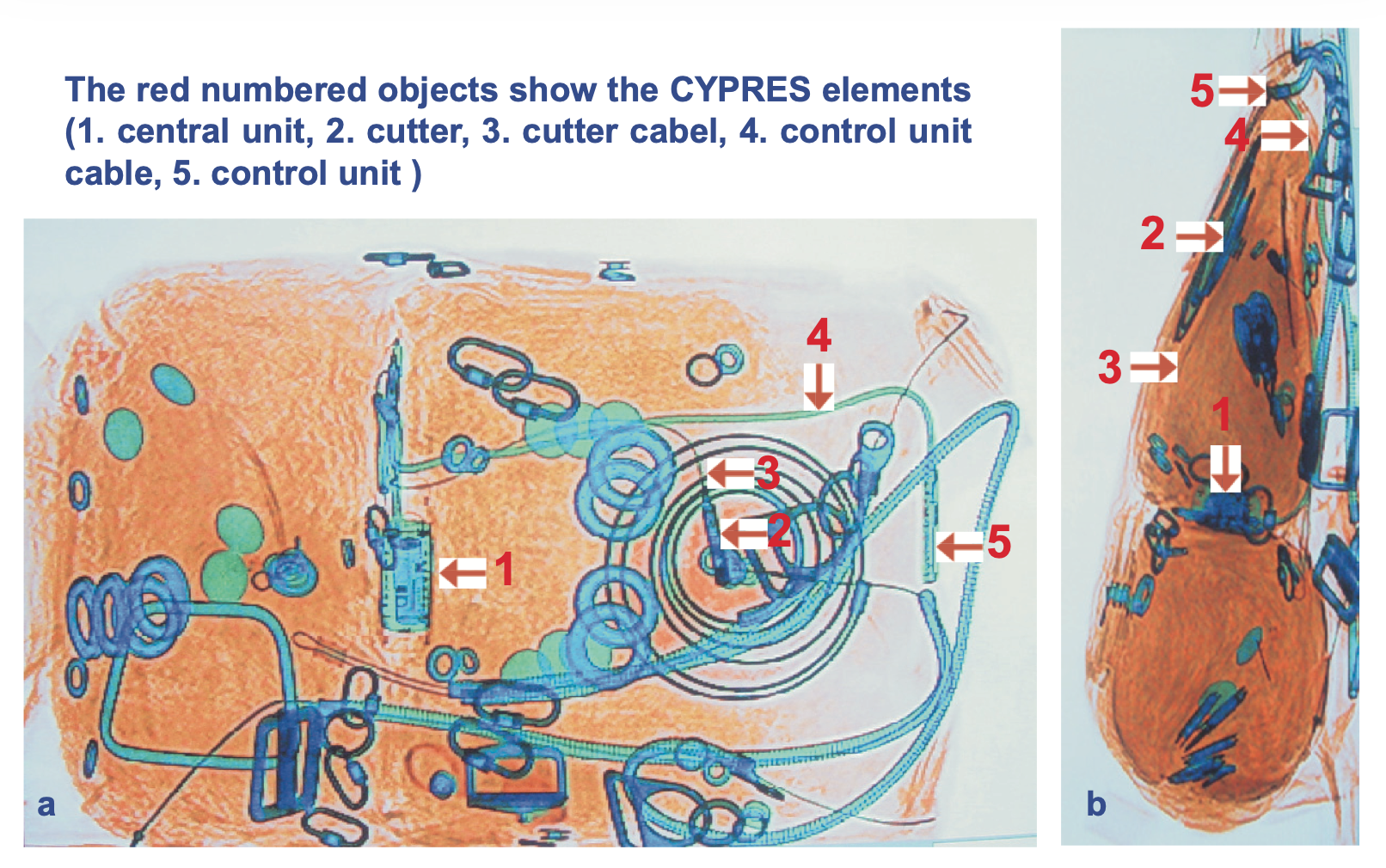
All of this information should help if you had any questions about owning your own gear. In short, make sure you understand what you are putting on your back and what you need to do to maintain your gear correctly. It is your responsibility. And remember, whenever you get new gear, doing a solo test jump or three, without other distractions, is always a good idea.
About the Author:
Lucy Clacher is a Tandem/AFF Instructor and Course Trainer. Originally from the UK, Lucy learnt to skydive whilst travelling Australia in 2019, and has been working in the industry ever since.
This article was written following a request from Josh Sweeney. If there is a topic you would like to see an article written on, email blog@apf.com.au.
[Photo Sources: TBH Media, Mars, Dan Stutley, Cameron Puttee, Skydive Oz, Jasper Chan, Cypres]